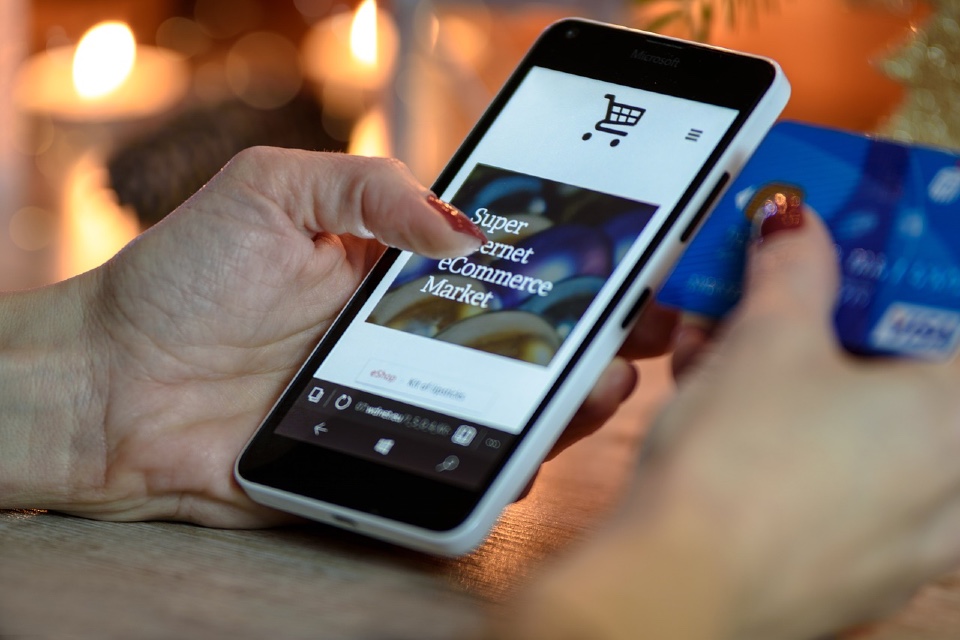By Adri Gil Miner, CMO of Iterable
Love is always in the air during February, and consumers are turning to digital like never before. Working from home and socially distanced, consumers’ increased time spent online dating; research from App Annie found consumers spent over $3 billion on dating apps in 2020 – up 15% YoY. It’s clear that consumers want to invest in romance, but how can brands woo shoppers in a sea of similar offerings?
First, get noticed. These days, everyone has a phone in their pocket, so, as a brand, being able to always be with the customer is a huge plus for marketers. Mobile is a medium for engagement that marketers can’t afford to ignore. Of course, the power of mobile is only potential; for marketers to ensure they are getting the most value out of mobile, it’s important they focus on meeting customer expectations by building trust, delivering value, and constantly connecting experiences. New research from Iterable finds that while 33% of participants download a new app weekly, 48% use only 4-6 apps on a daily basis, leaving brands in a battle for users’ attention.
Competition and consumer app attention only escalates when it comes to dating. During the pandemic, online dating reached new heights — with Bumble reporting a 70% increase in video calls and Tinder exceeding 3 billion swipes in one day in March 2020. But that was in 2020. By now, engagement preferences have changed, rendering traditional dating app actions like “swiping” obsolete. Iterable’s research finds that consumers are split on their preferred method of engaging with a brand, with 38% preferring push notifications, 31% favouring SMS alerts and 26% preferring in-app messaging. With such an array of preferences, an omnichannel strategy that is optimised for each individual customer is vital for brands looking to engage with their customers in the manner that suits them best.
Fine-tuning and rethinking the user experience is a great way for dating apps to stand out in a sea of similarity. But now, in an internet-based world, brands are faced with the challenge of digital sameness—the customer experience across dating apps has become pretty uniform. In a Forrester survey, consumers were asked how they feel about the experiences they have with brands. The results? 68% of customers said their customer experiences were “OK”. Brands are likely thinking “we’re doing what everyone else is doing, so that’s good right?” Living in this safe, comfortable area is problematic for brands looking to win customer hearts and minds. All it takes is one brand to go above and beyond to shift the expectations and turn satisfactory experiences into not-so-satisfactory.
Once you ensure your brand is doing what it can to stay on the cutting edge of a great—not good—customer experience, seal the deal of long term loyalty by investing in another priority for shoppers: privacy, which is especially key to consumers when it comes to dating apps. Although consumers are generally willing to share data, with 54% happy to do so at least some of the time, privacy concerns are still at the front of consumer’s minds. 87% expressed concern over personal privacy when interacting with apps.
With app downloads hitting 230 billion in 2021, it’s vital brands understand ways to improve app engagement and stickiness to avoid getting lost amongst the competition.
Dating apps, by definition, have considerable influence when it comes to impacting customer joy and connection. To deliver memorable moments, brands need to invest in creating a seamless experience across channels; from personalised emails reminding shoppers to plan for the big day to encouraging sustained communications with connections made online, the possibilities for omnichannel optimised business is endless.
Brands cannot neglect transparency when nurturing customer experiences. Dating apps in particular rely on users being willing to entrust sensitive, personal conversations to the brand’s care. Customers that interact with brands need to have an up-front idea of how their data will be used. Winning this trust early on is crucial for keeping customers board for the long haul.
By utilising all methods of engagement and appreciating the preferences of customers, brands can give their apps the best chance of standing out from the pack and becoming mainstays in the user mobile experience.
When you’re unhappy with a relationship, you break up and move on. If the grass isn’t greener in the other relationship, you go back to your previous partner. Consumers act similarly when it comes to brands. When there is a part of the consumer journey with a brand that positively impacts their overall experience, and then they switch to a different brand that doesn’t provide the same part, the experience with the second brand is viewed less favourably—not because it’s worse than it used to be, compared to itself, but because it’s worse than the first brand’s experience. They gravitate back to the better experience.



